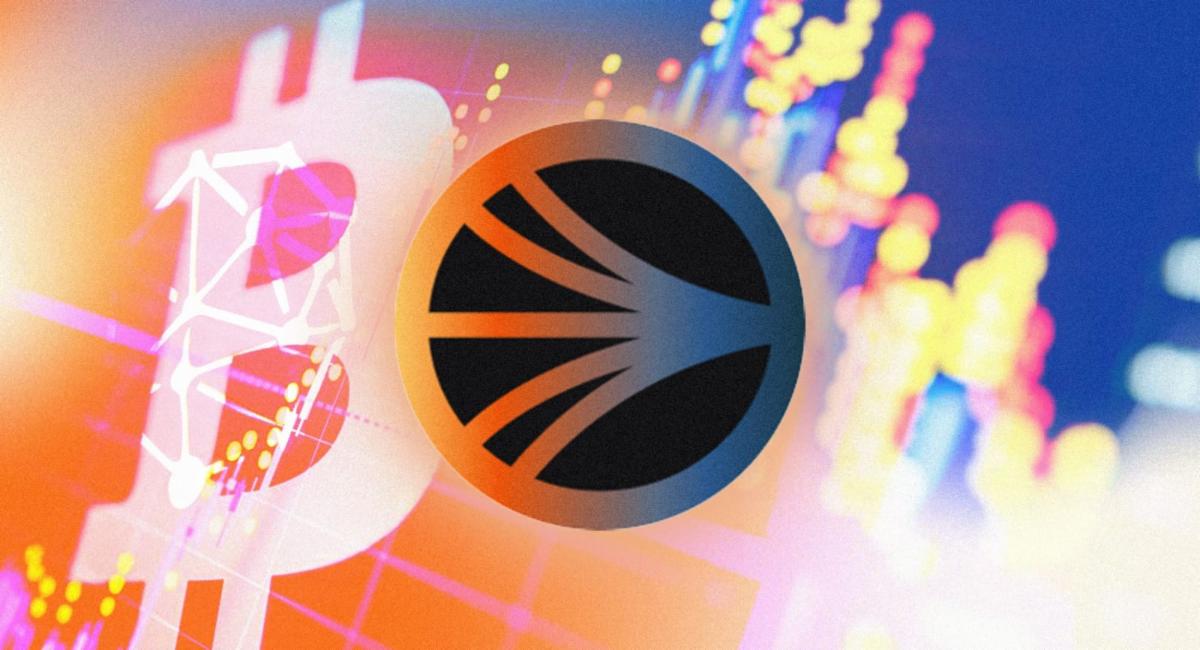Sonic (S) is an emerging cryptocurrency designed to improve decentralized networks’ transaction speed, scalability, and efficiency. As blockchain technology continues evolving, projects like S aim to address limitations such as high fees and slow processing times.
Unlike many digital assets primarily traded on a crypto exchange, S focuses on optimizing blockchain infrastructure for real-world applications, including decentralized finance (DeFi) and smart contracts. Its innovative approach to consensus mechanisms and transaction validation sets it apart from traditional cryptocurrencies.
As adoption grows, S could play a key role in advancing blockchain technology and expanding its practical use cases.
How Does Sonic Work?

S operates on a blockchain network designed for high-speed transactions and minimal fees. It leverages an advanced consensus mechanism, such as proof-of-stake (PoS) or an alternative protocol, to validate transactions efficiently while maintaining network security. By optimizing block confirmation times, S reduces congestion and improves overall scalability.
One of its key features is the ability to process transactions in seconds, making it a viable option for real-time payments and DeFi applications.
Smart contract compatibility allows developers to build decentralized applications (dApps) on its network, further expanding its functionality.
Also, S may incorporate governance mechanisms that allow token holders to participate in decision-making processes to ensure a decentralized and community-driven ecosystem.
By combining speed, security, and decentralization, S positions itself as a next-generation cryptocurrency with the potential to drive blockchain adoption across various industries.
What Are the Main Benefits of Sonic?
S offers several advantages that make it a promising contender in the cryptocurrency landscape. One of its primary benefits is transaction speed.
Using an optimized blockchain infrastructure, S can process transactions in seconds, reducing delays commonly associated with traditional cryptocurrencies.
This speed makes it particularly useful for real-time payments and decentralized finance applications where efficiency is crucial.
Another significant advantage is its low transaction fees. Many blockchain networks struggle with high costs due to congestion, but S addresses this issue by implementing a streamlined validation process that minimizes user fees. This affordability can encourage wider adoption among businesses and individuals seeking cost-effective digital transactions.
Security is another area where S excels, given that its consensus mechanism is designed to maintain network integrity while preventing malicious activities.
Beyond technical efficiencies, S enhances decentralization by allowing token holders to participate in governance decisions.
This model guarantees that the network’s development and evolution align with the interests of its community. Also, its compatibility with smart contracts provides developers with a platform to create decentralized applications, further expanding its potential use cases.
With these combined benefits, S is positioned as a scalable and secure digital asset.
Are There Any Risks in Sonic?

Despite its advantages, S faces several challenges and risks that could impact its growth and adoption. One major concern is market volatility.
Like most cryptocurrencies, S is subject to price fluctuations, making it unpredictable for investors and businesses. This volatility may limit its use as a stable medium of exchange, especially for everyday transactions.
Additionally, while its blockchain technology promises efficiency, achieving widespread adoption requires continuous improvements and real-world integration, which can be slow and complex.
Security remains another potential risk. Although S is built with advanced security measures, no blockchain is immune to cyber threats. Smart contract vulnerabilities, potential network attacks, or governance loopholes could pose risks to users and developers relying on its ecosystem.
Regulatory uncertainty is also a critical challenge because government policies regarding cryptocurrencies continue to evolve. Regulatory changes could impact S’s accessibility in certain regions or impose restrictions on its use.
Another concern is competition within the blockchain industry. With numerous cryptocurrencies offering similar features, S must differentiate itself and prove its long-term value. Its success will depend on continuous innovation, community engagement, and strategic partnerships to ensure its relevance in the rapidly evolving crypto landscape.
The Future of Sonic in Crypto

S’s future will depend on its ability to expand adoption, improve scalability, and maintain a secure and decentralized network.
As blockchain technology evolves, S has the potential to become a widely used digital asset for real-time transactions and decentralized applications.
Its fast processing speeds and low fees could make it an attractive option for businesses and developers looking to build efficient blockchain-based solutions.
Further advancements in governance and security may strengthen its ecosystem, ensuring that users and investors have confidence in its long-term sustainability.
Strategic partnerships with DeFi platforms, payment processors, or blockchain infrastructure projects could also enhance its utility and mainstream adoption.
However, competition and regulatory challenges will continue to shape its trajectory. If S can navigate these hurdles while maintaining its core advantages, it may become a key player in the next generation of cryptocurrencies.







